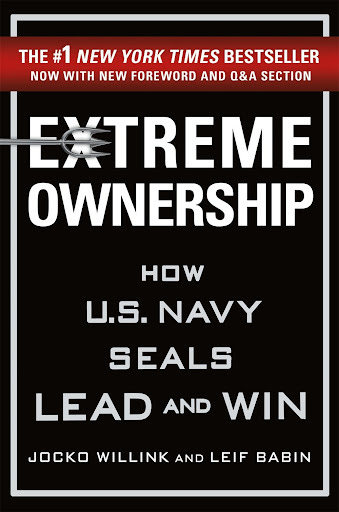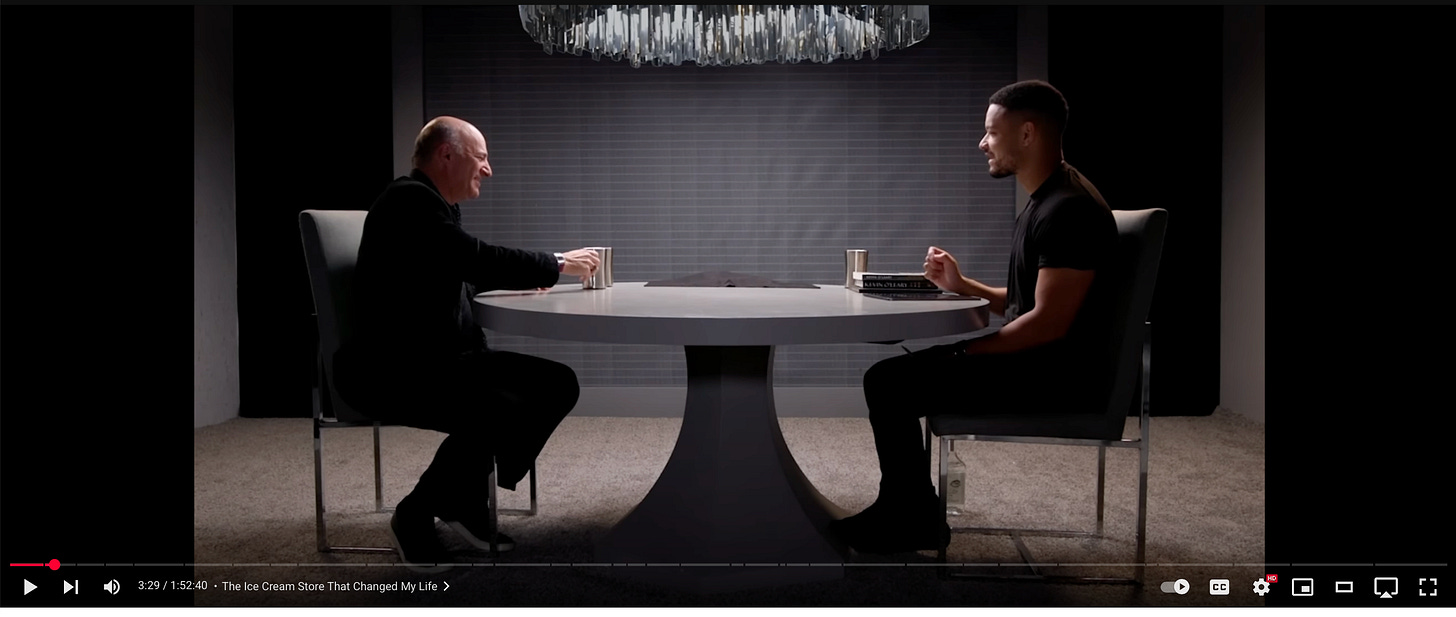Compounding Saturday #5
Private Equity, AI and some knowledge drop
Hello investors!
It’s Saturday, and it’s time to compound our knowledge.
Hope your week was productive - or at least not a complete mess.
It’s been a while since the last letter - I know.
There’s a good reason: a lot of work behind the scenes.
Over the past few months, I’ve been rethinking strategy and building something bigger. I’m still heading toward creating my own investment fund - but with a twist. The idea is to combine Private Equity and Public Equity strategies in a single vehicle. In other words, we acquire medium-sized, cash-flowing businesses - and then redirect that cash into long-term, undervalued public assets.
In last year, we’ve closed two deals, and now have two companies in the portfolio. We’re building a real holding company - brick by brick.
So I’ve decided to share more openly along the way.
Let me know in the comments what you’d like to hear more about in this newsletter.
And if you want to talk more in-depth or discuss ideas - just drop me a message.
Now - let’s get to this week’s letter.
📚 In today’s letter:
Learning
Private Equity + AI automation: a compounding engine in disguise
Strategic thinking through the lens of extreme leadership
Books & Ideas
Extreme Ownership by Jocko Willink
Video Insights
Kevin O’Leary on the difference between operators and dreamers - and how discipline built a multi-million-dollar portfolio
🧠 Learning
Private Equity + AI automation - where discipline meets leverage
Let’s talk real strategy.
The traditional PE model is changing.
Instead of chasing flashy tech startups, more firms are now acquiring mature offline businesses – logistics, retail, healthcare services, manufacturing – and unlocking value through AI-driven operational improvements.
Here’s what the data shows:
According to Bain’s 2025 PE outlook, operational improvement overtook financial restructuring as the top value-creation driver in over 70% of mid-market deals.
WEF reports that AI is already used by 80% of PE firms in portfolio monitoring, margin analysis, and cost optimization – especially in asset-heavy offline businesses.
McKinsey notes that applying AI to inventory management, procurement, and workforce scheduling in physical businesses can lead to 15–25% EBITDA margin improvement in 18 months.
Even giants like Blackstone are building AI playbooks not for VC tech, but for HVAC suppliers, car repair franchises, packaging plants – companies with cashflow, but bloated ops.
So what does this mean?
The model looks like this:
Buy a solid offline business → Apply AI tools to reduce waste, optimize logistics, forecast demand, streamline HR and support → Reinvest profits or scale horizontally.
Whether it’s automating a dental chain’s appointment system or optimizing a courier fleet’s route planning, AI gives you leverage in places the market ignores. And that’s exactly where value investors thrive.
This might be the compounding engine of the next decade:
Real-world revenue
Existing customers
Low digital efficiency = room for growth
AI-powered margin expansion
Quiet, boring, profitable
As Munger said: “The big money is not in the buying or selling… but in the waiting.”
Just make sure you’re waiting inside a business that prints cash while AI cuts its costs.
📘 Books & Ideas
Extreme Ownership - Jocko Willink
A book about Navy SEALs and battlefield command might not seem like the obvious place to learn about investment leadership… but stick with me.
Willink’s core idea: you own the outcome, whether you caused it or not.
Business missed KPIs? Your fault.
Bad acquisition? Your research wasn’t deep enough.
Integration failed? You didn’t set expectations.
This mindset - full accountability, zero excuses - is what separates good operators from reactive founders. It’s also what separates good investors from headline-chasers. Because when you treat each investment like a business you’re running, you stop tolerating sloppy decisions.
This book helped me stop chasing narratives and start asking:
Would I want to run this company if I had to?
If the answer is no - it’s probably not worth buying.
🎥 Video Insights: Kevin O’Leary on Leadership, Investing, and Focus
I recently revisited this firecracker of an interview with Kevin O’Leary, and wow - it’s a crash course in strategic thinking, investor mindset, and ruthless execution. Here are the key insights:
Signal vs Noise
Steve Jobs taught him this: if it’s not one of your top 3 tasks for today, it’s noise. Jobs ran his day like a military campaign - and expected everyone around him to do the same. Kevin applies that to every CEO he backs.
Operators win, dreamers stall
O’Leary looks for entrepreneurs who don’t just have an idea - but know how to execute. His best-performing founders? Realistic goals. Clear burn rate. Small, efficient teams. Surprisingly, most of his top exits were led by women, due to stronger retention, execution, and internal discipline.
Know your numbers or get out
Gross margin, CAC, break-even month - if a founder doesn’t know them cold, Kevin walks. Why? Because execution without data is just guessing. And capital doesn’t compound on guesses.
Wealth = Discipline + Boring Assets
His mother built a portfolio of dividend-paying blue chips and long-term telco bonds. Same allocation strategy for over 50 years. Never more than 5% in a single stock. Never more than 20% in a sector. When she passed, the portfolio outperformed most hedge funds.
Let that sink in:
A middle-class single mother outperformed institutional investors with discipline, patience, and zero noise.
💭 Final thought
Not everyone wants to scrape gum off the floor - and you shouldn’t have to.
But if you’re still chasing the next “AI pre-seed disruptor”, maybe take a step back and ask:
What would it look like to invest like an operator?
To buy a business that’s already working.





